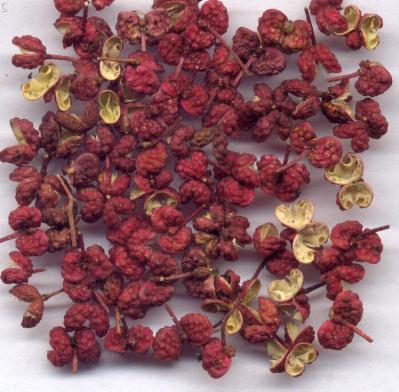It's Saga Dawa, the Tibetan Buddhist holy month encompassing the Buddha's birthday, enlightenment and death. Many Buddhists choose to go vegetarian for the first 15 days of the month or the entire month. For people used to the generally meat-heavy Tibetan diet, Saga Dawa can be a bit of a shock to the system. And pretty much everyone complains about being hungry. Tonight, my friend Lhamo and I decided to make veg momo and, on a whim, I decided to tweak it. The result was super delicious and super filling. Lhamo said these were the best veg momo she'd ever eaten and she's a hardcore Khampa carnivore, so I think we accidentally stumbled upon the best veg momo recipe. The following recipe makes approximately 30 momos. The two of us couldn't finish them. We only finished 20.
Start by making momo dough as usual and letting it rest
Ingredients
3 medium sized white or yellow potatoes, cubed
1/2 a medium sized yellow onion, finely diced
1 medium sized shallot, finely diced
1 bunch of scallions (approximately 6 scallions), finely diced
1/2-3/4 cup of plain, whipped cream cheese
3/4 cup peas (frozen is fine)
Small bunch of cilantro (golf ball sized), finely chopped
1/2 tbs garlic, finely chopped
Salt, to taste
Put the potatoes in plenty of water to boil. When the potatoes are soft, mash them with the garlic and cheese.
When the mash is smooth, mash in the onion, shallot, scallions, and cilantro.
Gently stir in the peas. Taste and salt to taste.
Fold the momos and steam for 20 minutes.
Although delicious with regular chili sauce, these momos are especially delicious with thai sweet garlic chili. I know it sounds weird, but trust me. It can't be beat (except possibly by mixing it with spicier chili.)
Super rich, super creamy, super filling. It was awesome.
Start by making momo dough as usual and letting it rest
Ingredients
3 medium sized white or yellow potatoes, cubed
1/2 a medium sized yellow onion, finely diced
1 medium sized shallot, finely diced
1 bunch of scallions (approximately 6 scallions), finely diced
1/2-3/4 cup of plain, whipped cream cheese
3/4 cup peas (frozen is fine)
Small bunch of cilantro (golf ball sized), finely chopped
1/2 tbs garlic, finely chopped
Salt, to taste
Put the potatoes in plenty of water to boil. When the potatoes are soft, mash them with the garlic and cheese.
When the mash is smooth, mash in the onion, shallot, scallions, and cilantro.
Gently stir in the peas. Taste and salt to taste.
Fold the momos and steam for 20 minutes.
Although delicious with regular chili sauce, these momos are especially delicious with thai sweet garlic chili. I know it sounds weird, but trust me. It can't be beat (except possibly by mixing it with spicier chili.)
Super rich, super creamy, super filling. It was awesome.


















